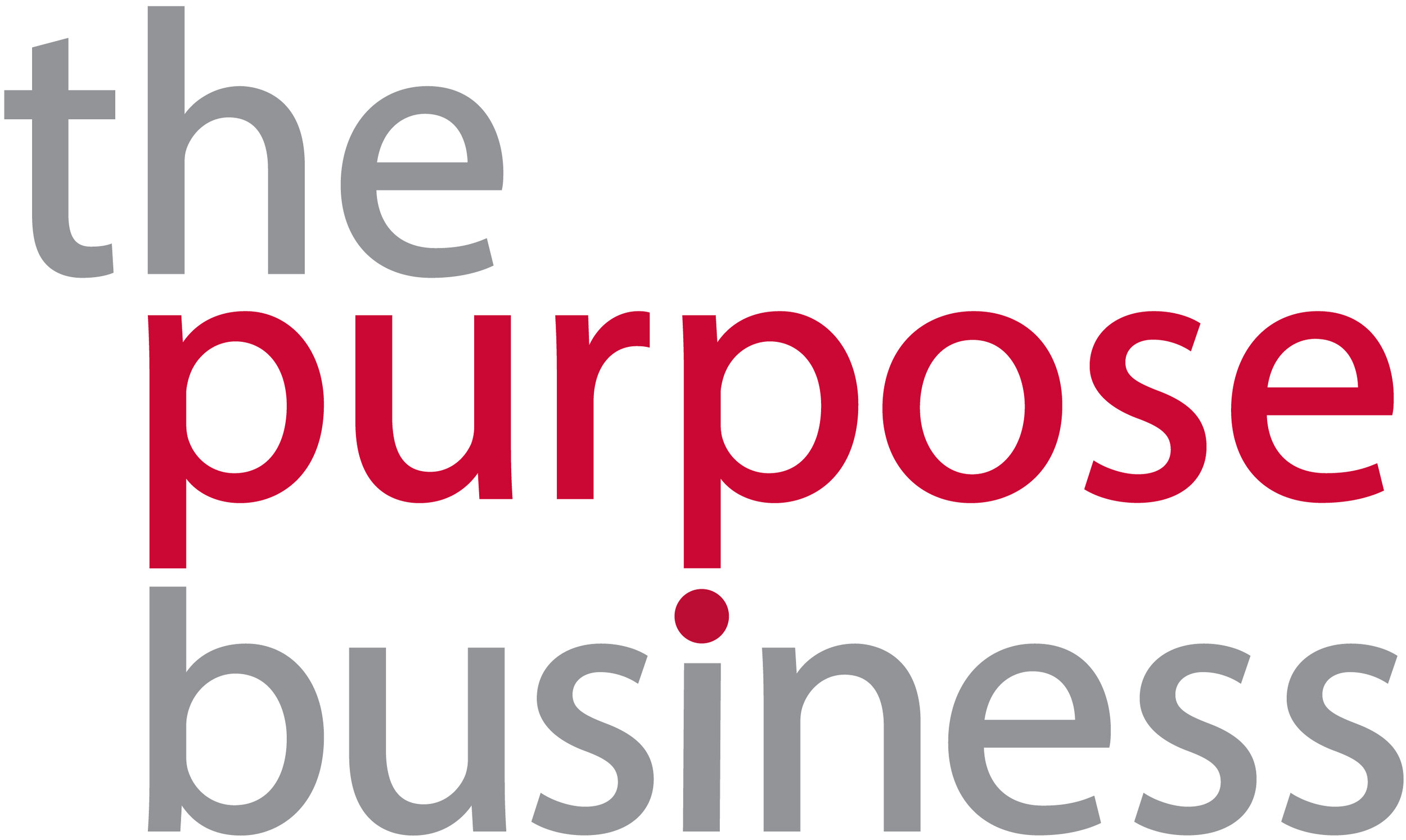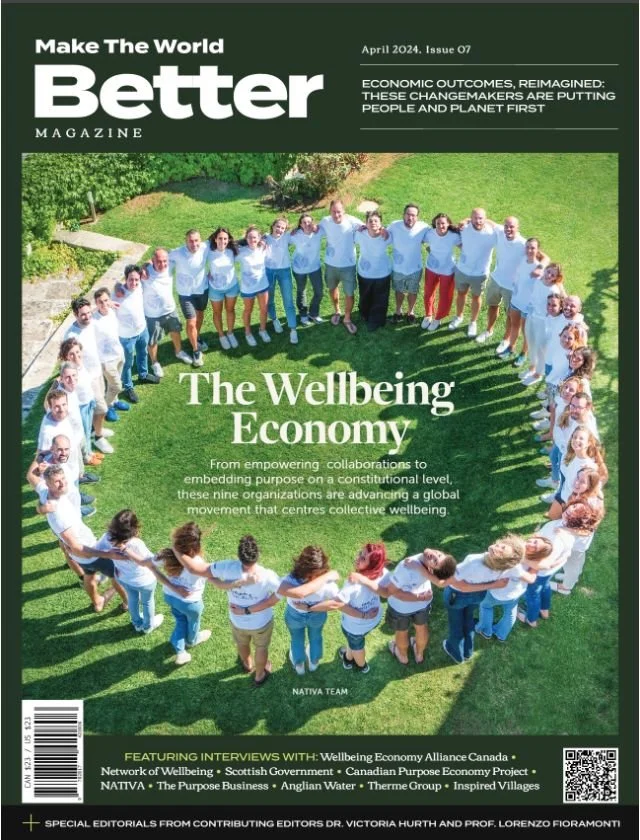Not all plastics is bad, but you do need a good strategy
Not all plastics is bad (Part One)
When it comes to plastic, it’s no longer about gimmicky bans. There is mounting social, regulatory and financial pressure for companies to act on plastic, and waste in general. Meaningful laws aimed at reducing plastic waste are being enacted across Asia. The Philippines passed a landmark Extended Producer Responsibility Act in July. In September, Thailand announced a total ban on plastic waste imports by 2025. Hong Kong is set to implement Municipal Solid Waste (MSW) charging in 2023 and is currently mapping out a Producer Responsibility Scheme on Plastic Beverage Containers. Shareholder activism on plastic waste is also gaining traction. The US-based nonprofit group, As You Sow, filed shareholder proposals with 10 consumer products companies and retailers in January 2021, calling for commitments to absolute cuts in use of plastic packaging. Companies are taking note. Many are acting. Others want to but don’t know where to start.
Devising a Plastic Strategy
There isn’t a one-size-fits-all solution to plastic reduction. How a company tackles plastic is sector specific and depends on both local waste management and the availability of suitable alternative materials, among other factors. But all companies would benefit from starting their journey by distilling why they are motivated to act, determining the scope of their plastic footprint and leveraging these findings to realise plastic efficiencies. The following framework provides basic guidelines for developing a plastic management strategy.
1. Consider your company’s why
Think through why your company is motivated to act on plastic. What are the key internal drivers to creating a plastic strategy?
Is the aim to reduce single-use plastic generated by goods and services for customers and consumers? Or is it to manage the internal plastic footprint of your organization? Or both?
What goals and targets has your company set, if any?
2. Measuring, locating and identifying
Determine the volume of plastic generated across the business, whether it is part of your company’s manufacturing and production processes or general waste stream. Ideally, such an exercise would be performed as part of an overall waste assessment.
Not all plastics are created equal. Investigate the different types of plastic used inside and outside of your organization, from the products you produce or represent to the resources you consume.
Assess which types of plastic have little chance of being recycled, for example Expanded Polystyrene (EPS), as well as those that have a greater negative impact on the environment and human health, for example Polyvinyl Chloride (PVC).
Consider inventorying your company’s plastic footprint across the three types of plastic pollution: macroplastics, microplastics and nanoplastics.
3. Understand local recycling, identify opportunities and communicate
Appoint internal plastic champions by establishing “eco-committees” across the business, tasked with identifying where your company can realise plastic efficiencies without substituting alternative materials.
Engage with local recyclers to better understand what items they truly recycle, particularly if food grade plastic remains as such.
Set a goal of reducing or eliminating plastics that cannot be recycled locally.
Consider adopting locally recyclable plastic in place of non recyclable plastic (when elimination is not possible).
Conduct a full life cycle analysis of alternative materials before adopting them in place of plastic, as the alternative might have more serious impacts than well managed plastic.
Establish an internal communications mechanism for best practice sharing to ensure alignment among the various offices and business units.
Your company’s plastic management strategy might initially be quite modest in scope. Don’t be afraid to start small, or to pilot initiatives. Consider that your strategy can and should evolve over time and that year-on-year there will be learnings, variables and shifting mandates. Knowing what not to do can be as impactful as knowing what to do. Part two explores common missteps in plastics management, and how to avoid them.
Main contributor: Dr Merrin Pearse, The Purpose Business




